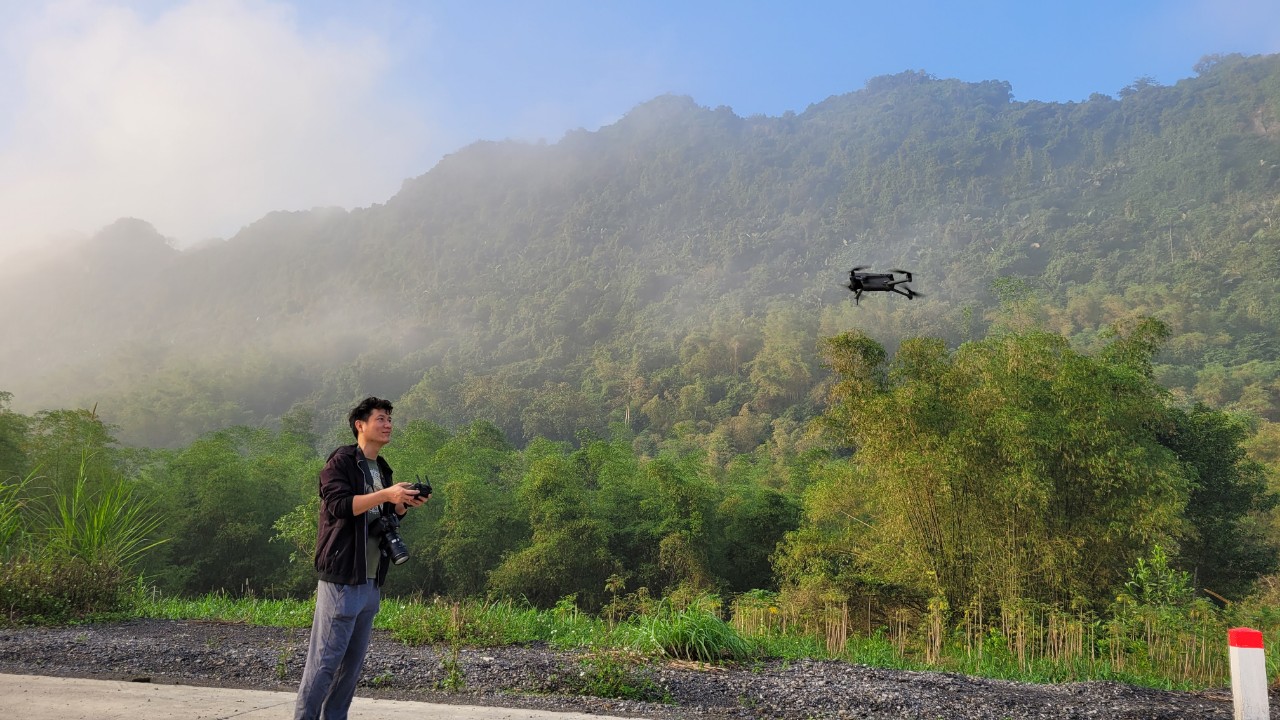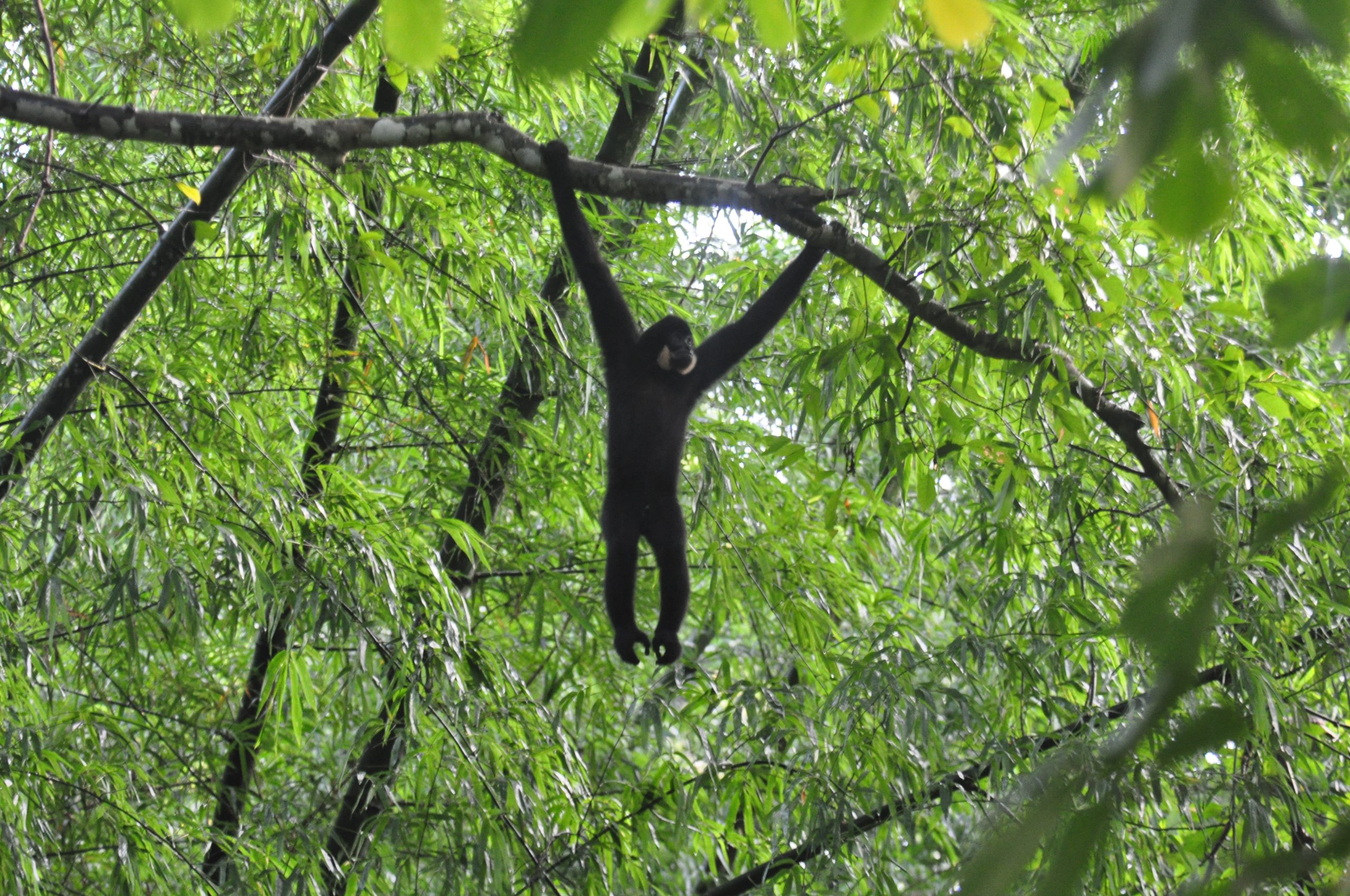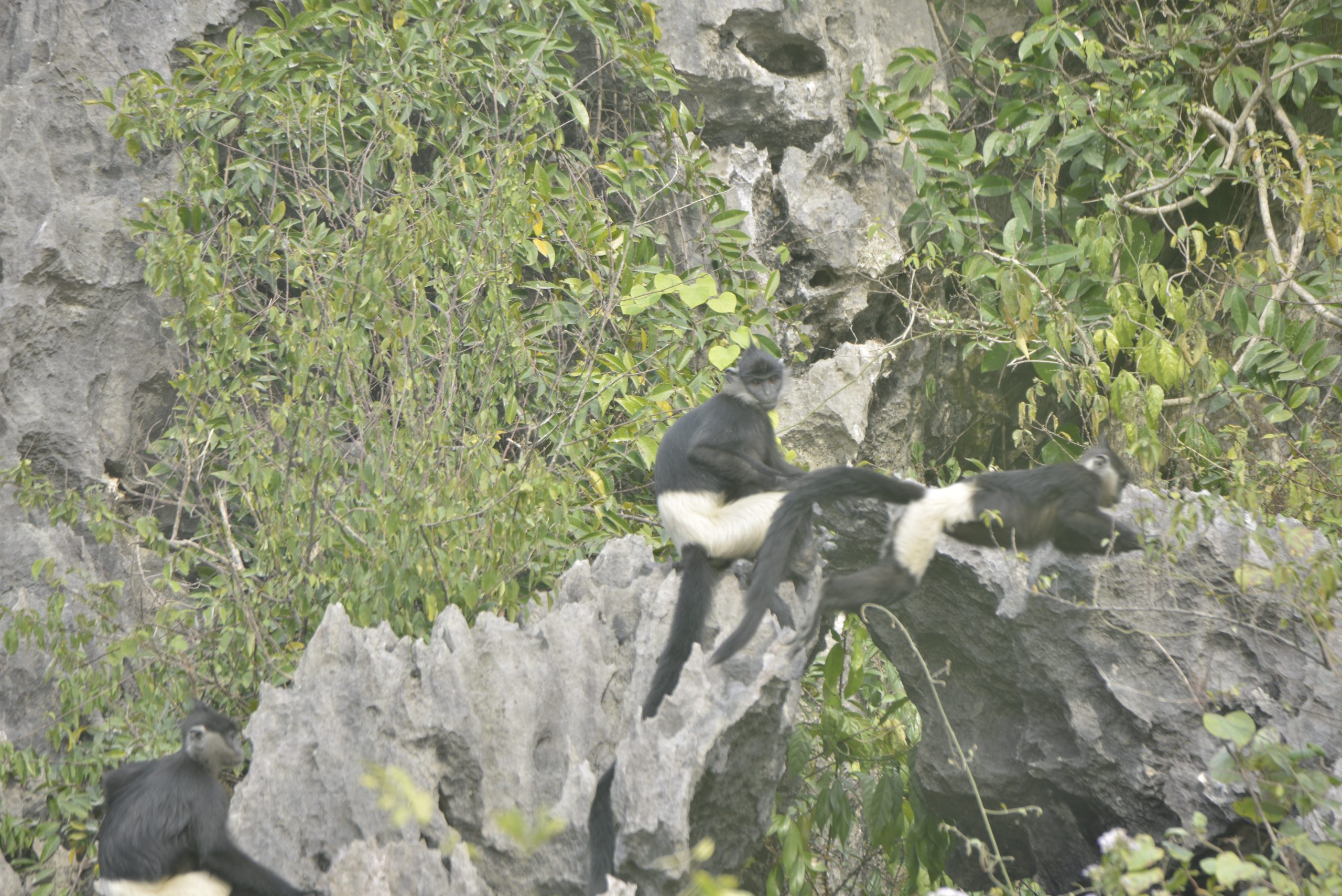In the realm of wildlife conservation, technological advancements have become pivotal in unraveling the mysteries of the natural world. Among these breakthroughs, thermal drone technology has emerged as a game-changer, providing researchers with unprecedented insights into the behaviors and habitats of elusive creatures. In Vietnam, organizations like Fauna & Flora International (FFI) Vietnam, Three Monkey, and Save Vietnam’s Wildlife have taken the lead in harnessing the power of thermal drones to study wildlife. This groundbreaking approach is proving exceptionally valuable, especially for large animals such as elephants and species dwelling in arboreal environments or on limestone karsts (e.g Delacour langur, gibbon, douc).
FFI Vietnam, Three Monkey, and Save Vietnam’s Wildlife have spearheaded the adoption of thermal drone technology in wildlife research across Vietnam. These organizations recognize the immense potential of thermal imaging in overcoming the challenges posed by dense foliage, challenging terrains, and the nocturnal nature of certain species.
One of the primary advantages of thermal drone technology lies in its ability to penetrate dense canopies and navigate complex terrains. For species that dwell in arboreal environments, such as gibbons, the thermal imaging capabilities offer an unparalleled opportunity to observe their natural behaviors without disturbance. Moreover, in limestone karst landscapes, where traditional monitoring methods are often impractical, thermal drones provide an efficient means of tracking and studying wildlife in these unique ecosystems.
Large animals, such as elephants, present a formidable challenge for researchers due to their vast habitats and elusive movements. Thermal drone technology offers a non-invasive solution, allowing conservationists to monitor these majestic creatures from a safe distance. By employing thermal imaging, researchers can track the thermal signatures of elephants even in dense vegetation or during the cover of night, contributing significantly to the understanding of their migration patterns and social structures.

Adding to the momentum, the Center for Technology and Nature Conservation (CTNC) is now stepping into the realm of thermal drone technology for wildlife research. With a focus on the gibbon, CTNC aims to leverage the technology to enhance their understanding of this endangered species. By harnessing the power of thermal imaging, CTNC seeks to gather crucial data on gibbon populations, contributing to more effective conservation strategies for these charismatic primates.

Embarking on a mission to uncover the secrets hidden within the heart of dense forests and the elusive species that tread on the ground, limited thermal drones have emerged as indispensable tools for wildlife researchers. This revolutionary technology is designed to navigate the intricacies of thick canopies and challenging terrains, providing invaluable insights into the behavior and habitats of ground-dwelling creatures that often escape traditional observation methods.

Unlike their larger counterparts, limited thermal drones are compact marvels engineered specifically to address the unique challenges posed by dense forest environments. These agile and portable devices are equipped with advanced thermal imaging capabilities, enabling researchers to peer through foliage and darkness with unprecedented clarity.
One of the primary advantages of limited thermal drones lies in their ability to explore the dense canopy of forests. Traditional monitoring methods often fall short in these environments, where thick vegetation obstructs visibility. Limited thermal drones, however, can effortlessly maneuver through the foliage, capturing thermal signatures and revealing the hidden activities of arboreal species, from the smallest mammals to the most elusive birds.
For species that prefer the sanctuary of the forest floor, limited thermal drones provide a unique vantage point. These drones can track ground-dwelling creatures, including mammals, reptiles, and insects, without disrupting their natural behaviors. Whether it’s studying the foraging patterns of elusive predators or monitoring the movements of endangered ground-dwelling species, limited thermal drones offer a non-intrusive approach to wildlife observation.
The applications of limited thermal drones extend beyond mere observation. Conservationists can utilize the data gathered to map habitats, identify critical migration routes, and assess population dynamics. By focusing on the ground level of dense forests, researchers gain a more comprehensive understanding of the intricate relationships between species, facilitating more effective conservation strategies.




Share by: